Over 10,000 individual images are used in each photo as Biss spends weeks photographing every part of the specimen.
Though vital to humans, insects are often underappreciated and misunderstood.
Read on for My Modern Met’s exclusive interview and check out all the images on theExtinct and Endangeredwebsite.
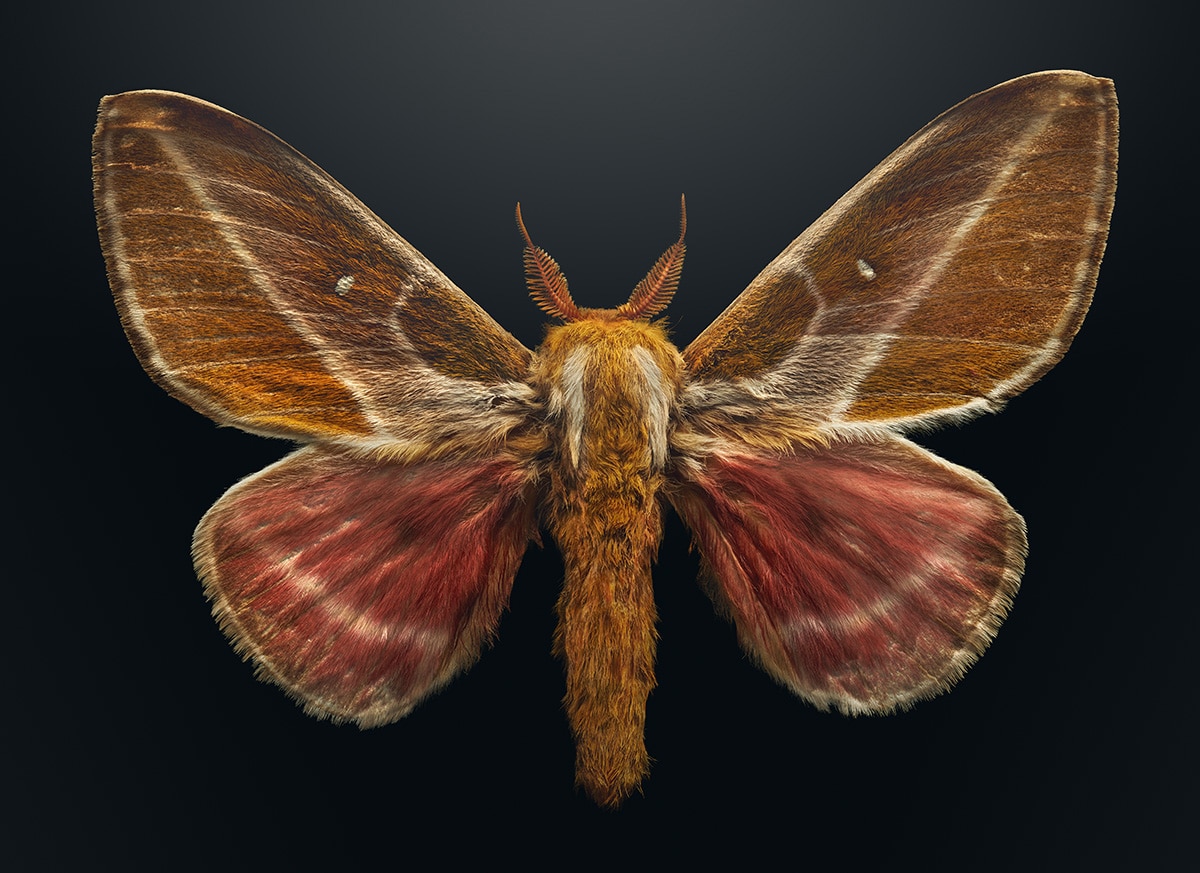
Sphingicampa raspa (Raspa silkmoth)
I remember quite clearly the first time I viewed an insect under a microscope.
I had the feeling of entering an entirely new world.
I was viewing something for the very first time, and it was intricate, mechanical, and beautiful.
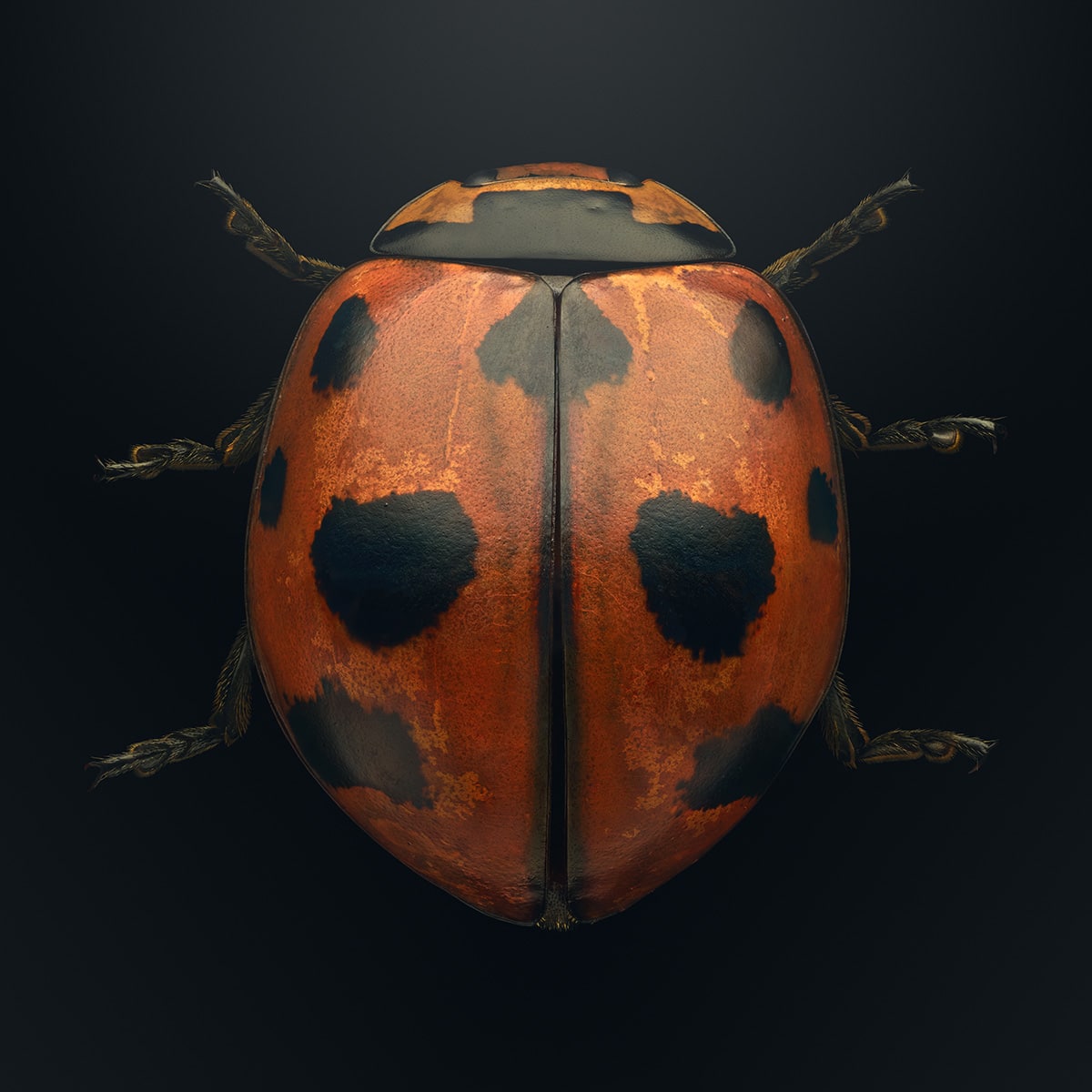
Coccinella novemnotata (Nine-spotted ladybug)
A decade on, I still feel the same way today, which does surprise me.
I continue to be inspired by insects for many reasons.
They are visually interesting, they are functional, and they are diverse in design.
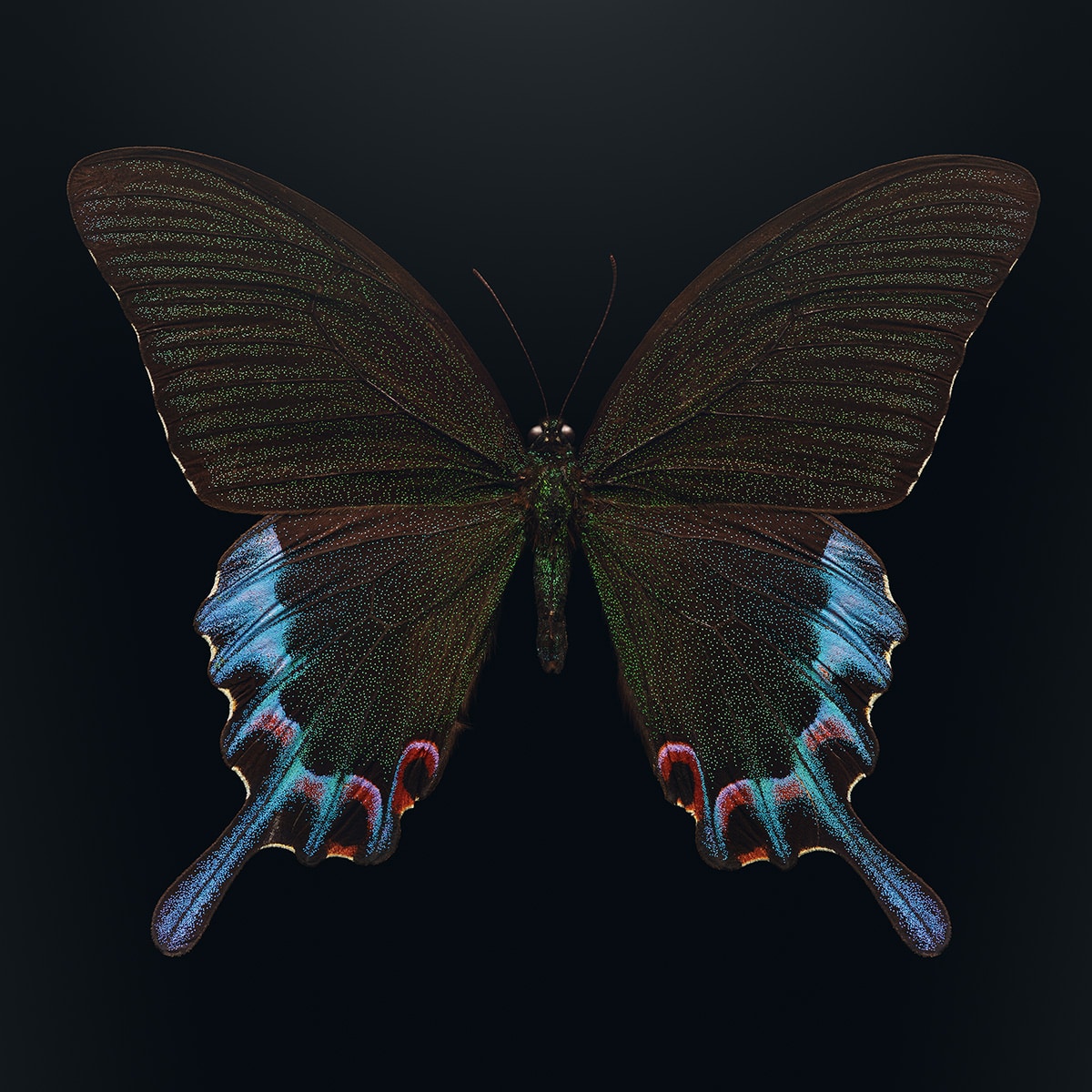
Papilio Achilles chikae chikae (Luzon peacock swallowtail)
They are many things, but every new insect I photograph teaches me more.
Insects do not receive the attention or protection they deserve, particularly compared to mammals.
I have a skill set that allows me to communicate through photography.
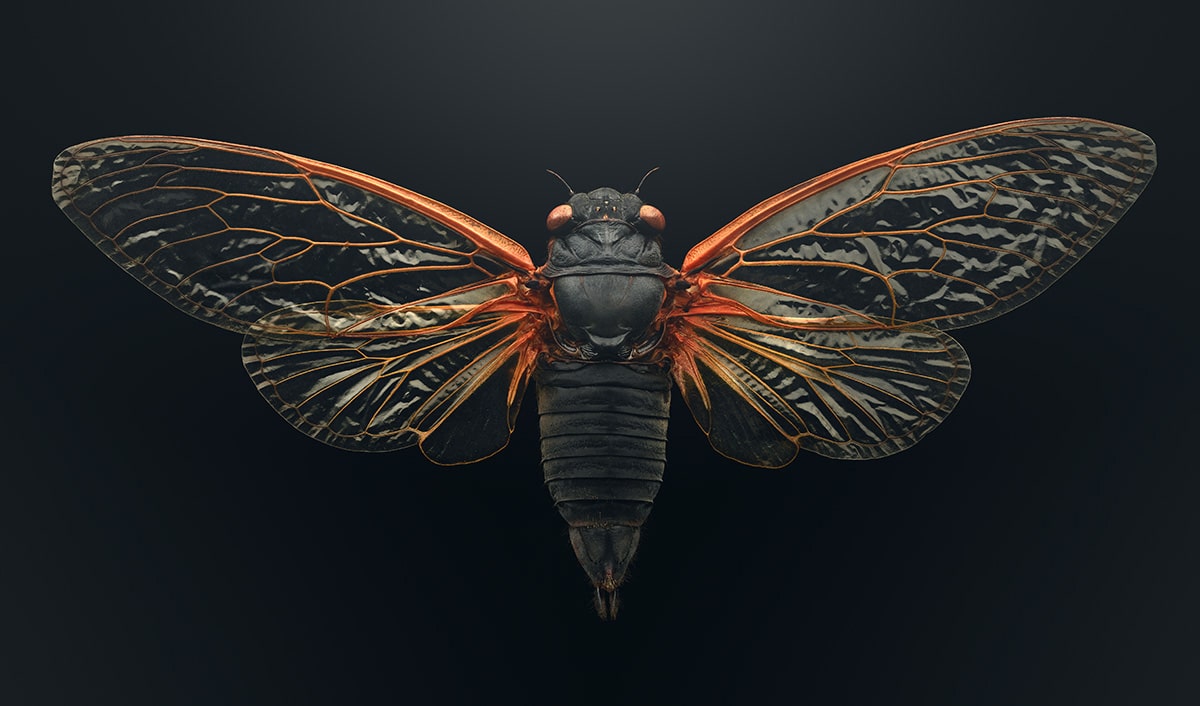
Magicicada septendecim (Pharaoh cicada)
Therefore it is my duty to help highlight these issues to the general public.
How did you go about selecting what to photograph?
The specimens photographed forExtinct and Endangeredwere selected due to their order, conservation status, and geographical location.
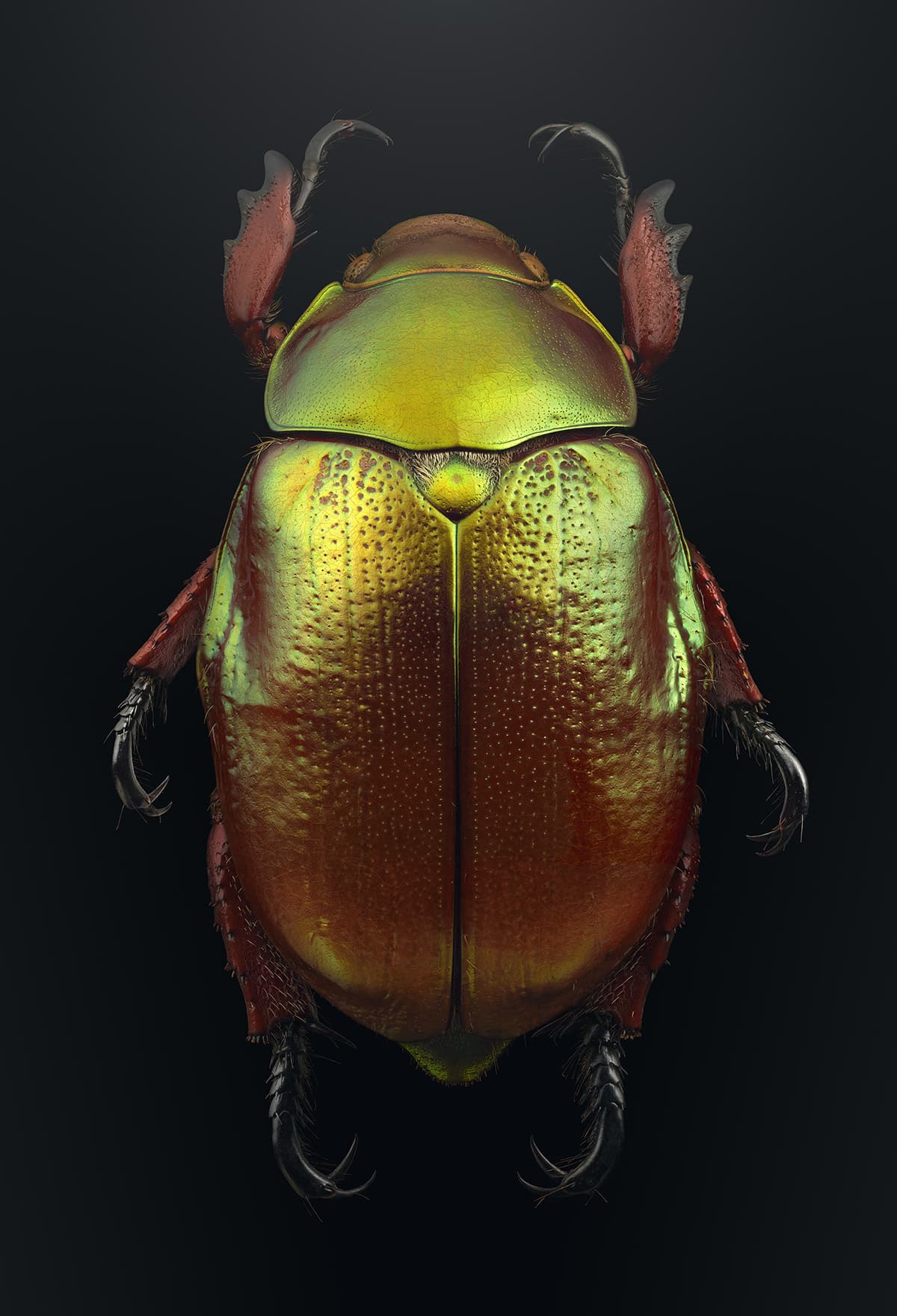
Anoplognathus viridiaeneus (King Christmas beetle)
The majority of specimens are critically endangered, with a number already extinctgone from this planet forever.
These programs provide encouragement that threatened species can be brought back from the edge.
The diversity is the most striking thing about insects for me.
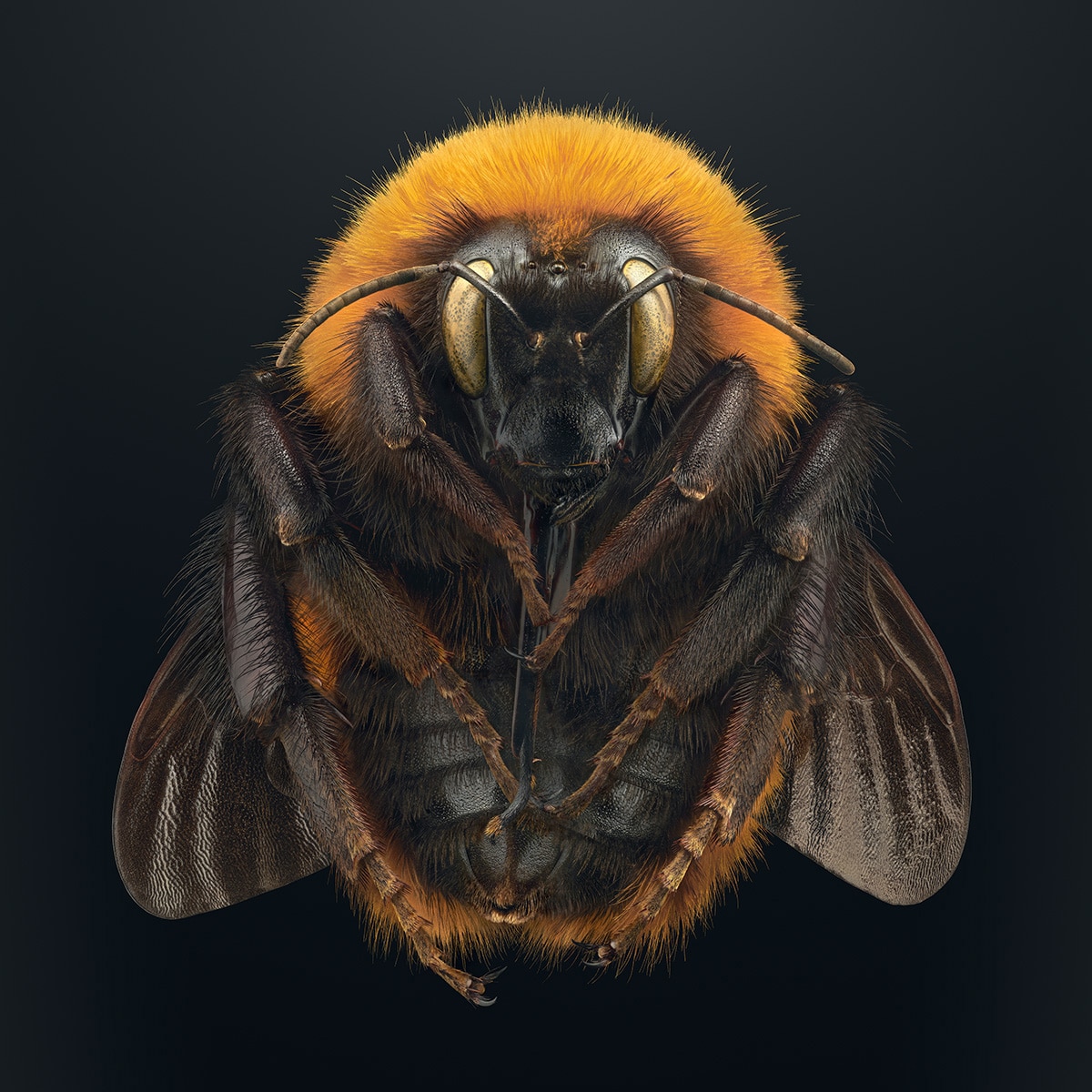
Bombus dahlbomii (Patagonian bumblebee)
The insects are photographed on a bespoke camera rig using microscope lenses.
Each image is created from over 10,000 individual photographs and takes three weeks to create.
The lighting technique used depends on the qualities of the area of the insect body being photographed.
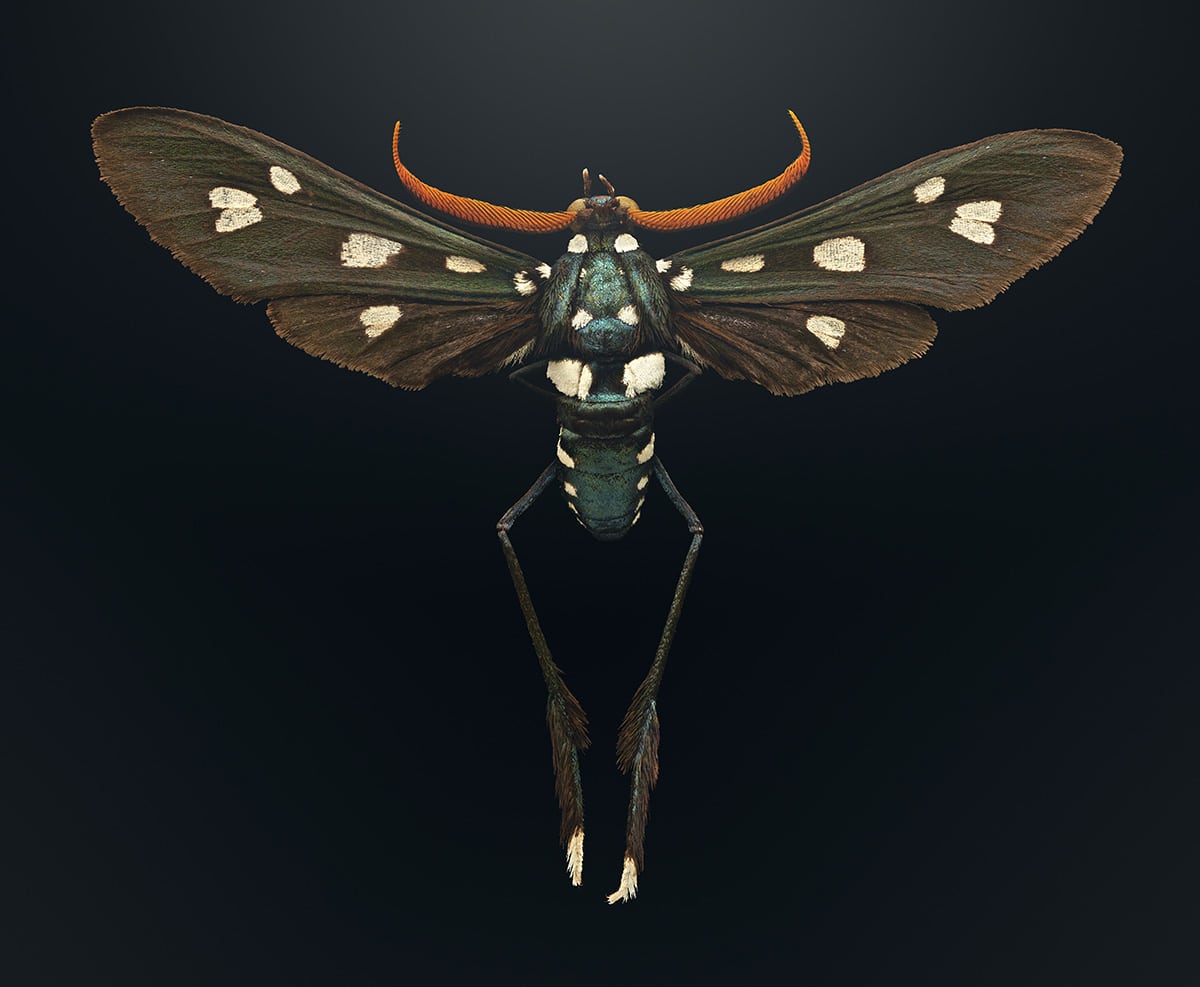
Pseudocharis minima (Lesser wasp moth)
Pseudocharis minima (Lesser wasp moth)
What has been the most rewarding part of putting together this show?
The most rewarding part is seeing the children engaging with the photography and accompanying scientific text.
They are curious about the giant insects and are experiencing something for the first time.
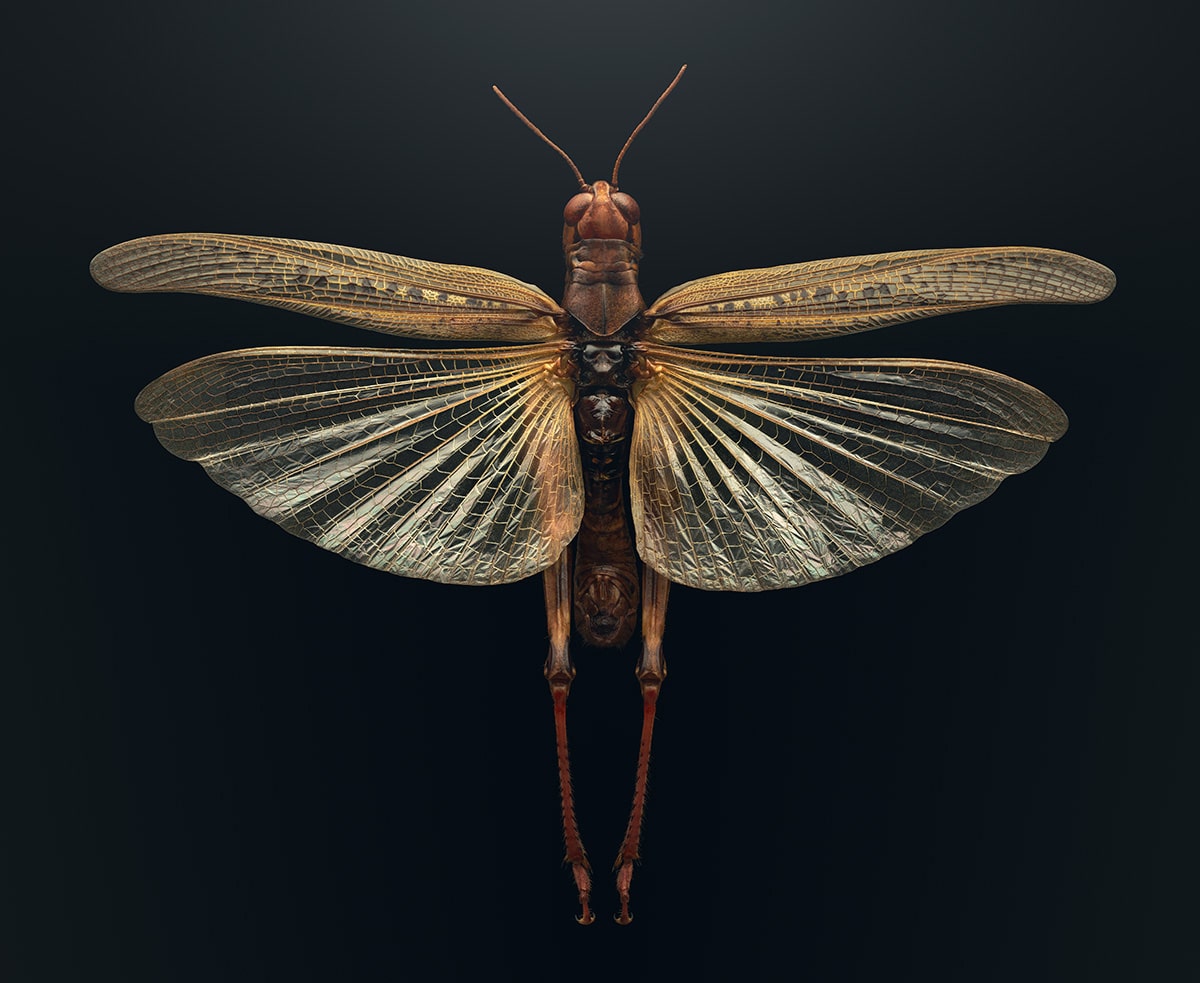
Melanoplus spretus (Rocky Mountain locust)
The exhibition is certainly entertaining, but the photographs are also an educational tool.
We need to break away from the stereotypical mindset of insects being bad or negative.
They are the complete opposite.
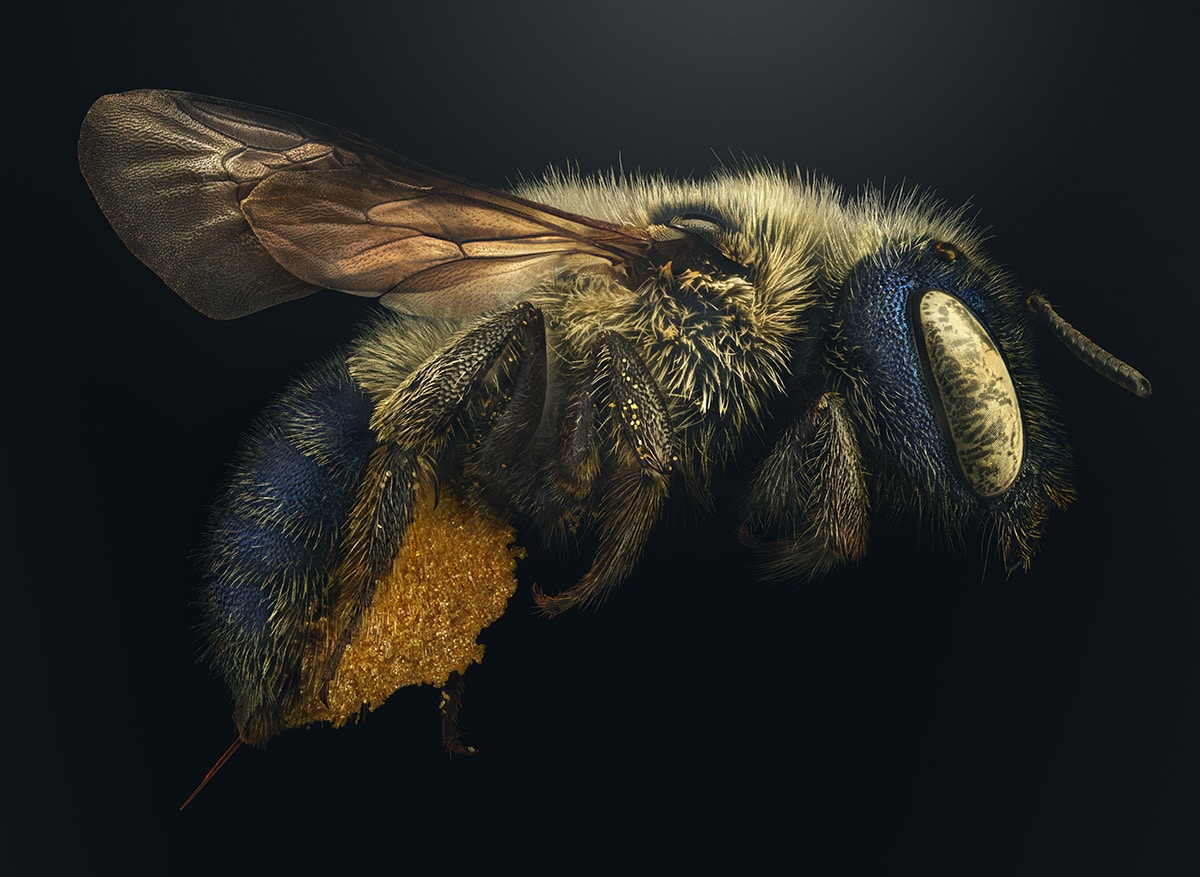
Osmia calaminthae (Blue calamintha bee)
Insects do so many positive jobs for us humans, but this goes unnoticed.
Humans need insects far more than insects need humans, and I think we should understand that.
We should celebrate them, not portray them as the bad guys.
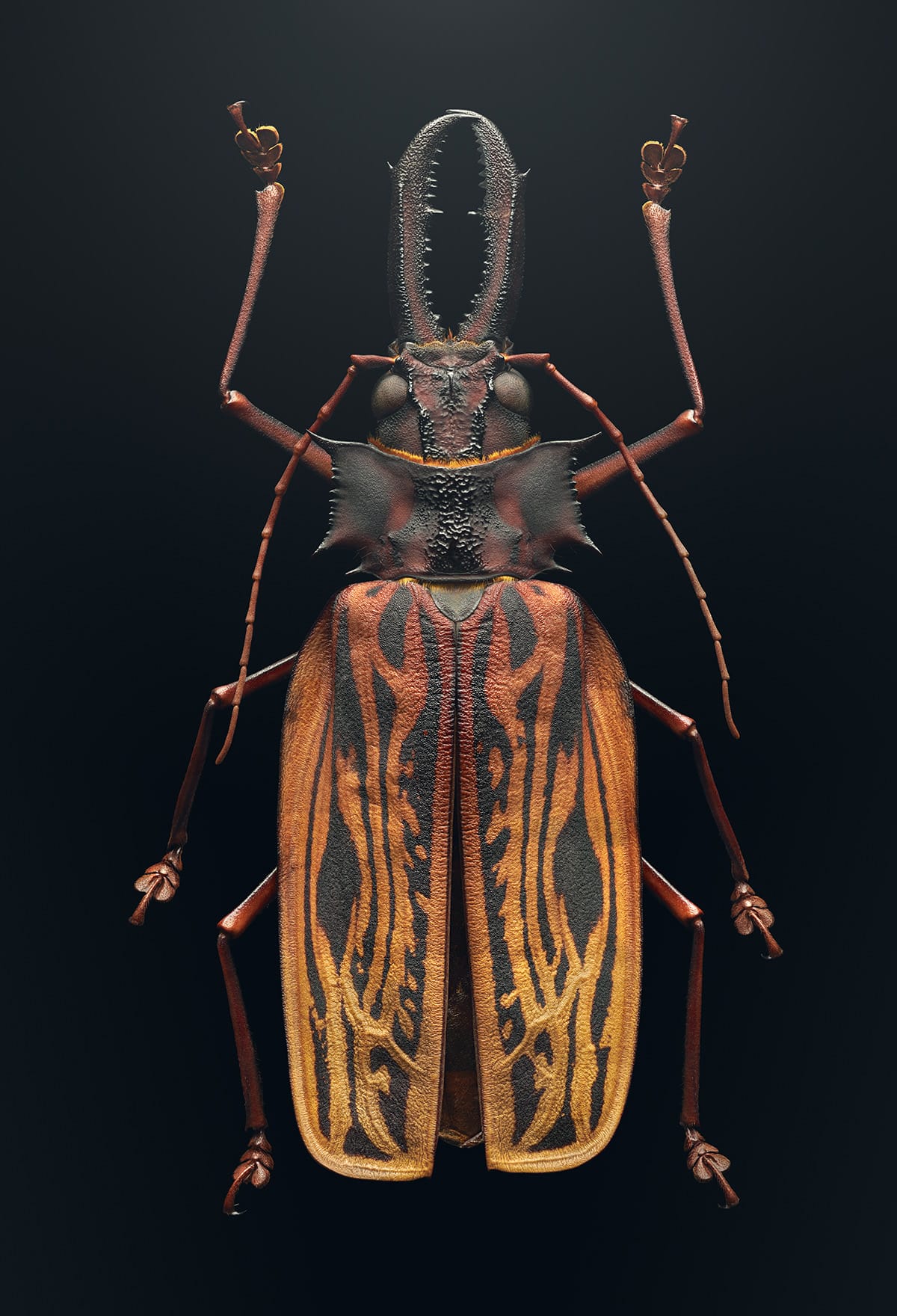
Macrodontia cervicornis (Sabertooth longhorn beetle)
There is useful information on theintroduction page of theExtinct and Endangeredwebsite.
Macrodontia cervicornis (Sabertooth longhorn beetle)